12 Expert Cleaning Habits That Could Transform Your Home Maintenance
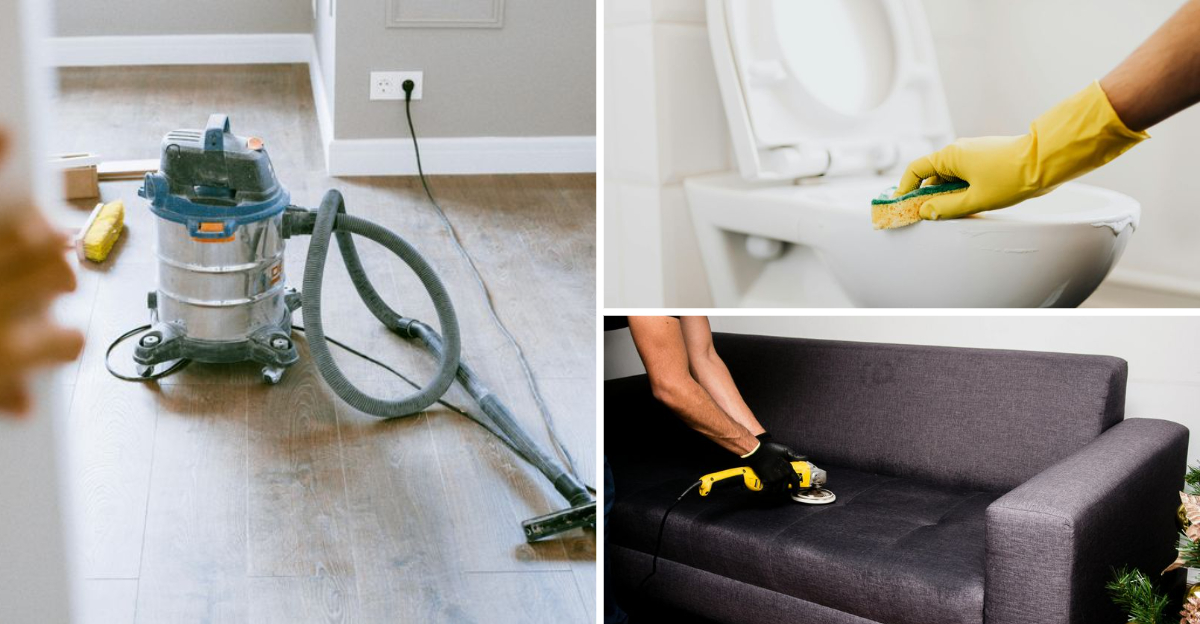
Keeping a clean home doesn’t have to be overwhelming. With the right habits, you can maintain a spotless living space without spending hours scrubbing every weekend.
Professional cleaners know that consistency beats marathon cleaning sessions. I’m excited to share these game-changing cleaning habits that will revolutionize how you care for your home!
These suggestions are based on common cleaning strategies, but effectiveness may vary depending on your household, lifestyle, and the materials in your home.
1. Daily Dusting
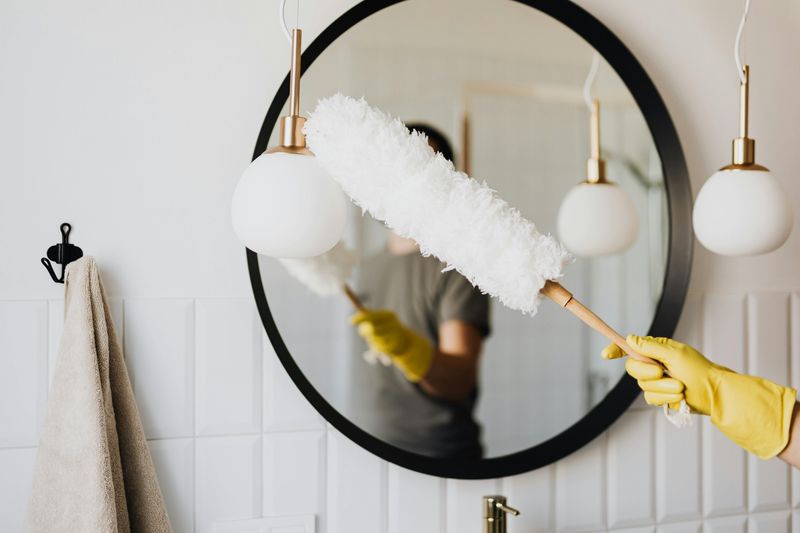
Microfiber cloths are your secret weapon against dust buildup. I’ve learned that just 5 minutes of dusting each day prevents that thick layer from forming on your furniture and décor.
Dust from the top down starting with ceiling fans and shelves before moving to tables and baseboards. This prevents you from having to clean the same surfaces twice.
For those hard-to-reach places, try slipping an old sock over your hand, spray it with a bit of furniture polish, and dust away! Electronic screens need special care use a dry microfiber cloth only to avoid damaging them.
2. Decluttering Routine
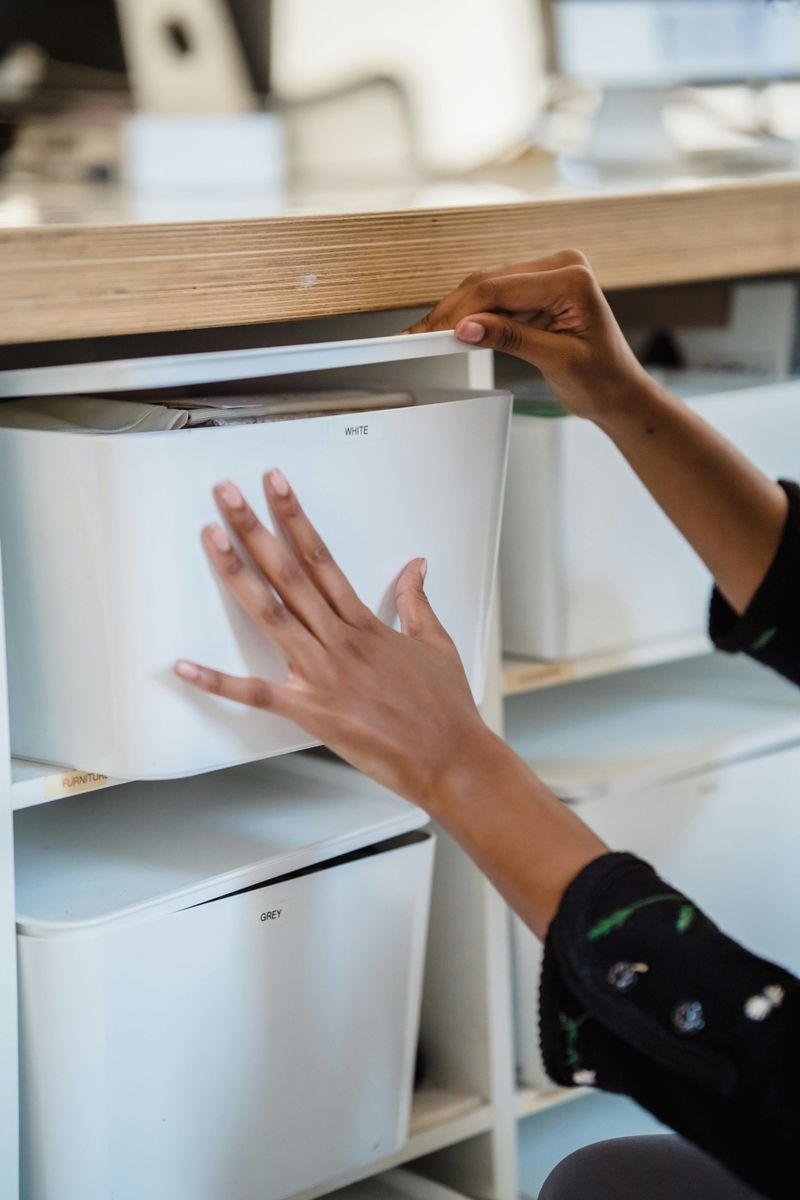
Every time you leave a room, take something with you that doesn’t belong there. This simple habit prevents clutter from accumulating in the first place!
Did you know that most homes contain over 300,000 items? That’s why I recommend the one-in-one-out rule: whenever you bring something new home, find something to donate or discard.
Keep donation boxes in closets or the garage for easy sorting. When they’re full, schedule a drop-off. Spending just 10 minutes before bed putting things back where they belong saves you from those overwhelming weekend cleanups that eat into your free time.
3. Proper Dish Care
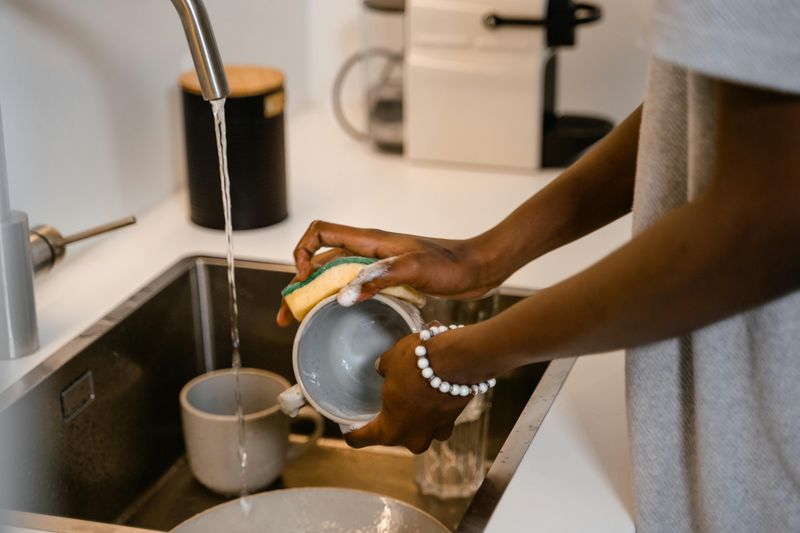
Washing dishes immediately after meals prevents hardened food and stubborn stains. I’ve found that filling the sink with hot, soapy water while cooking gives you a place to drop utensils and prep tools, making cleanup faster.
Soaking is your friend for stuck-on food just don’t let items soak for more than an hour as this can damage certain materials. For those with dishwashers, scrape (don’t rinse) plates before loading and run a cleaning cycle with vinegar monthly.
Arrange items strategically plates on the bottom rack facing the center, glasses on top, and utensils mixed up in the basket so they don’t nest together. This maximizes cleaning power and prevents water spots.
4. Laundry Scheduling

Assigning specific laundry days for different items eliminates the mountain of clothes that appears when you wait too long. Maybe Mondays are for towels, Wednesdays for bedding, and Fridays for clothes?
Sort items as they get dirty using a sectioned hamper instead of creating a massive sorting job on laundry day. This small change saves incredible amounts of time! When washing, don’t overload your machine – clothes need room to move for proper cleaning.
If you’re short on time, fold items straight from the dryer while they’re still warm to prevent wrinkles. For those tricky fitted sheets, try folding them in thirds lengthwise, then thirds again for a neat package that fits perfectly in your linen closet.
5. Vacuum Techniques
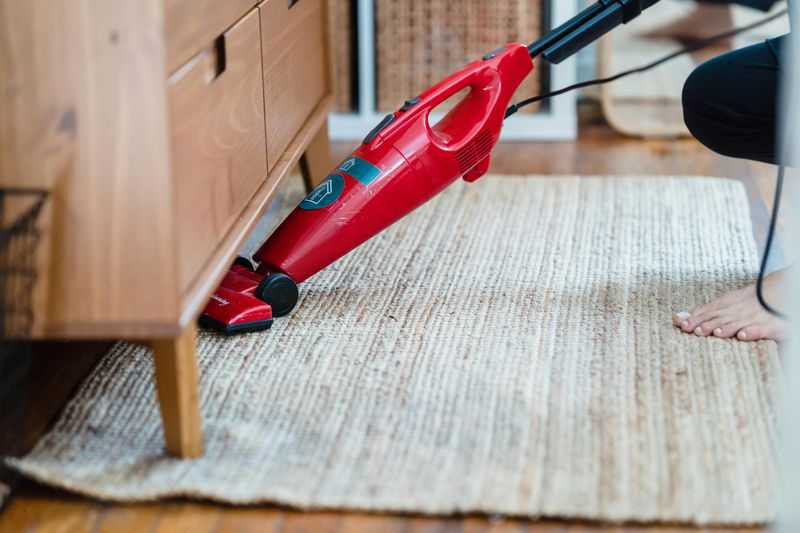
Slow and steady wins the race when vacuuming. Moving too quickly means the suction doesn’t have time to pull up embedded dirt and pet hair. I make it a habit to vacuum high-traffic areas twice a week rather than waiting for visible dirt.
Vacuuming in multiple directions first north-south, then east-west captures significantly more dirt from carpet fibers. This technique is especially important in homes with pets or allergies.
Empty your vacuum’s canister or change the bag when it’s half full, not when it’s completely packed. This maintains proper suction power and extends your machine’s life. Don’t forget to clean your vacuum’s filters monthly a step many people overlook that dramatically affects performance!
6. Window Washing
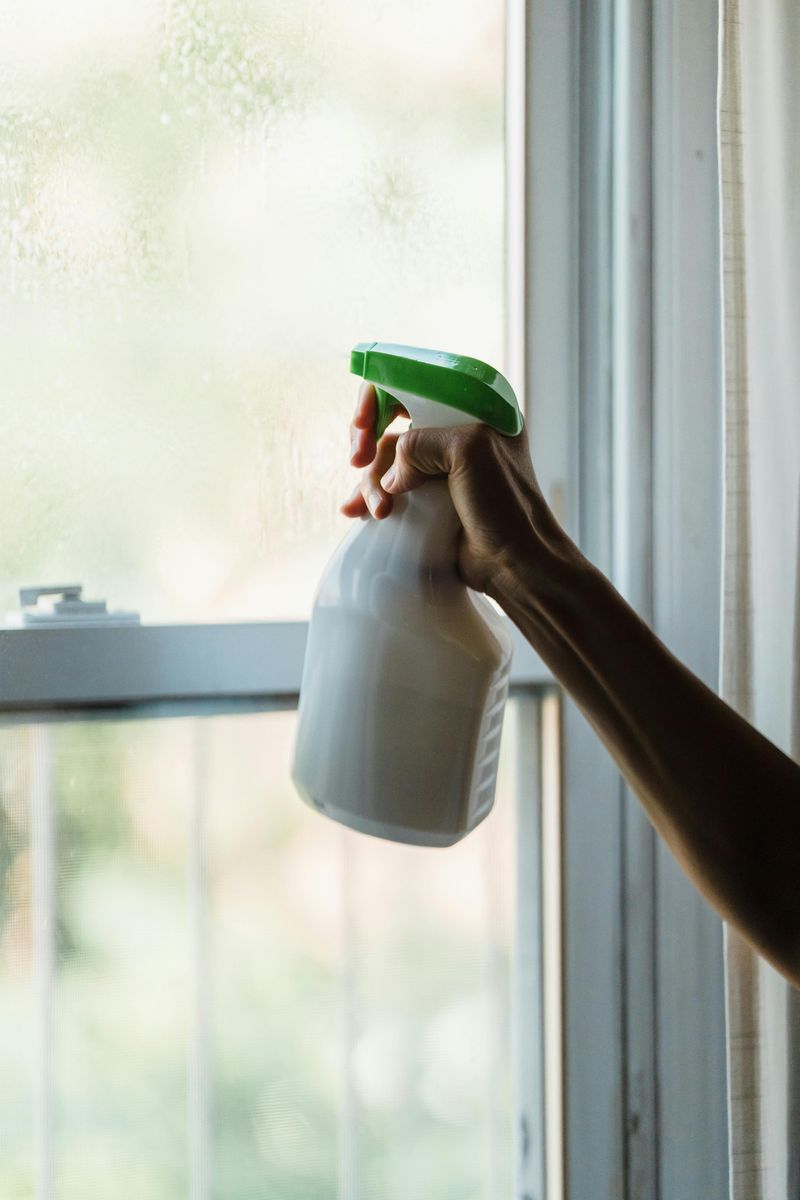
Cloudy days are actually perfect for window cleaning! When you wash windows in direct sunlight, the cleaning solution dries too quickly and leaves streaks.
My favorite DIY window cleaner combines one part white vinegar with two parts water in a spray bottle. Add a drop of dish soap for extra cutting power against stubborn grime. Using newspapers instead of paper towels might sound old-fashioned, but it works wonders for streak-free shine!
Clean windows from top to bottom, and don’t forget the frames and tracks where dirt accumulates. For high windows, a squeegee with an extension pole saves your back and gives professional results. Maintaining clean windows transforms how light enters your home, instantly making rooms feel brighter.
7. Bathroom Scrubbing
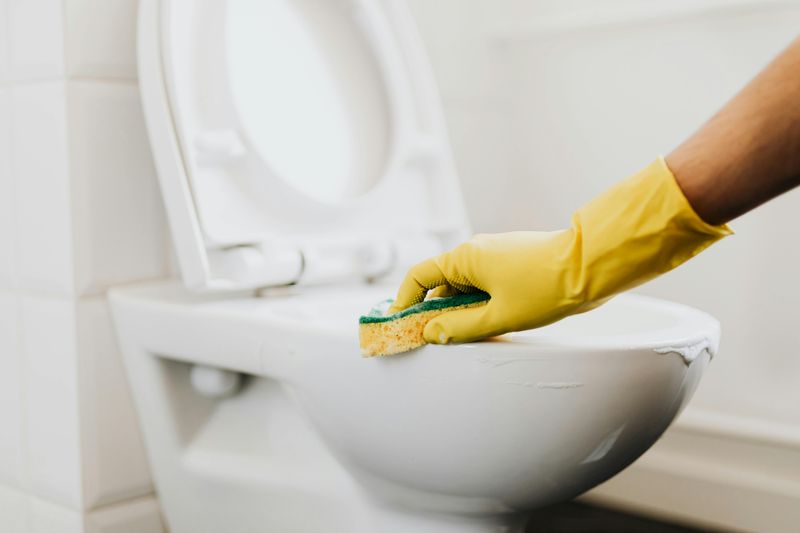
Spraying shower walls with diluted vinegar after each use prevents soap scum buildup in the first place. This quick habit means you’ll rarely need those intense deep-cleaning sessions.
When scrubbing toilets, let the cleaner sit for 10 minutes before brushing this gives the chemicals time to dissolve stains and mineral deposits. Most people rush this step! For grimy grout, an old toothbrush dipped in baking soda paste works wonders without damaging the surface.
Keeping a squeegee in the shower encourages family members to wipe down walls after bathing, preventing those unsightly water spots and mildew. This simple tool reduces bathroom cleaning time by up to 75% according to cleaning professionals.
8. Appliance Wiping
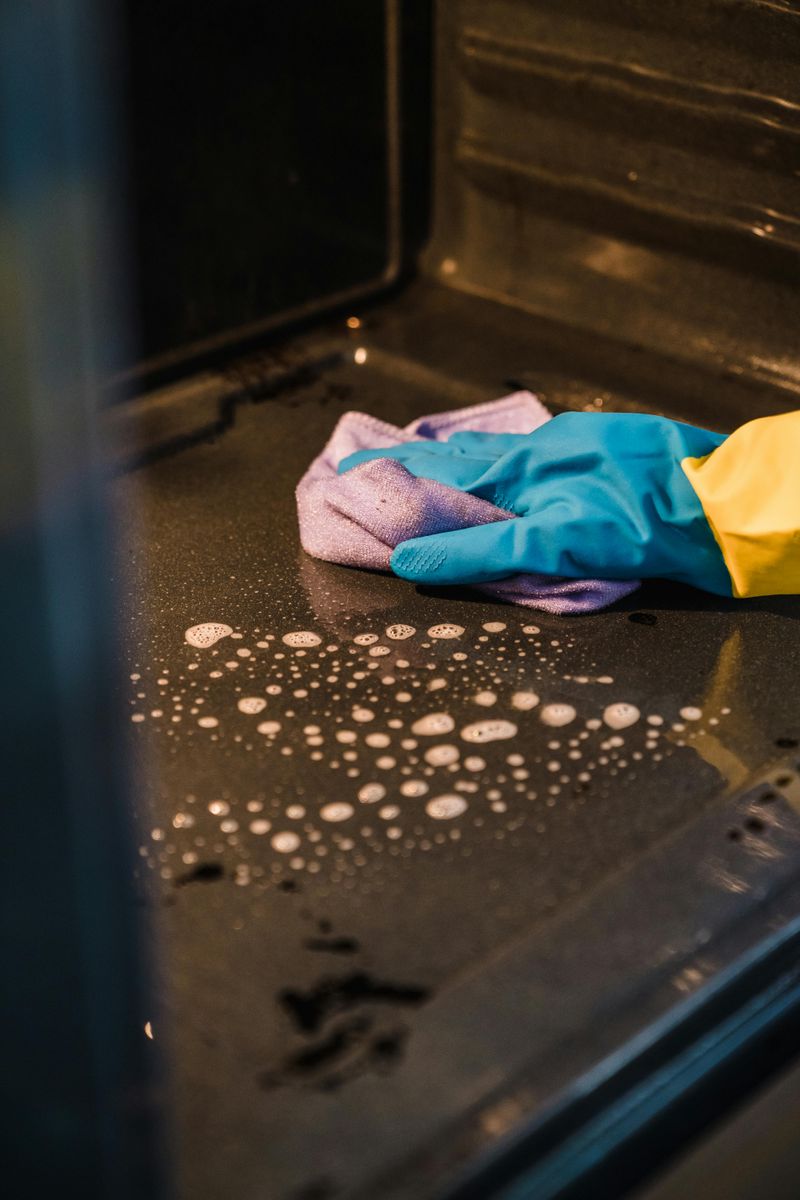
Fingerprints on stainless steel appliances vanish with a drop of olive oil on a microfiber cloth. This surprising hack not only cleans but also creates a protective barrier against future smudges.
Microwaves become spotless when you heat a bowl of water with lemon slices for 3 minutes, then wipe down the softened splatter. The steam does all the hard work for you! Refrigerator door seals harbor crumbs and mold if neglected clean them monthly with a toothbrush dipped in baking soda solution.
Coffee makers need weekly cleaning with equal parts vinegar and water to remove mineral buildup and ensure your morning brew tastes fresh. When appliances stay clean, they work more efficiently and last years longer saving you significant money on replacements.
9. Floor Maintenance
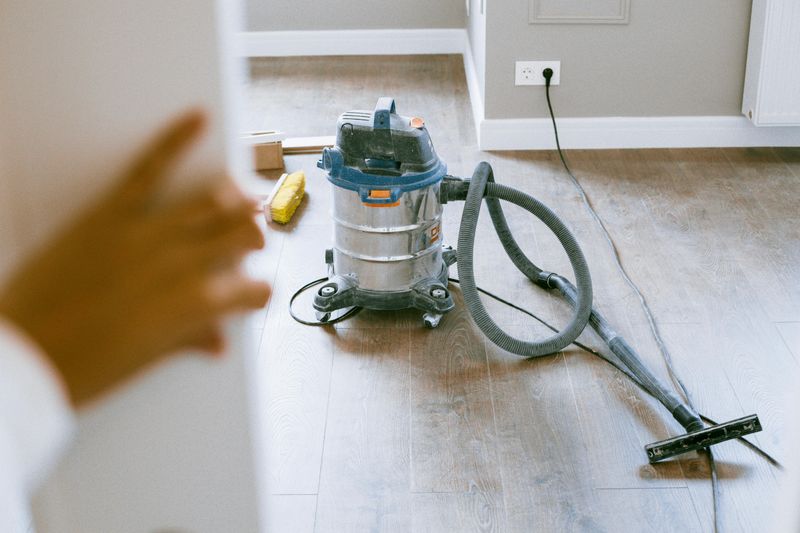
Different flooring materials need specific care routines. Hardwood floors last decades longer when you use pH-neutral cleaners instead of harsh chemicals or excess water that can seep between boards.
Area rugs should be vacuumed on both sides weekly dirt that settles underneath acts like sandpaper against your floors when you walk on them. This hidden abrasion is a major cause of premature floor wear!
For tile floors, focus on grout lines where discoloration happens first. A mixture of hydrogen peroxide and baking soda applied with a small brush revives even the dingiest grout. Placing doormats at every entrance dramatically reduces the dirt tracked into your home this simple barrier is your first line of defense against floor damage.
10. Surface Sanitizing
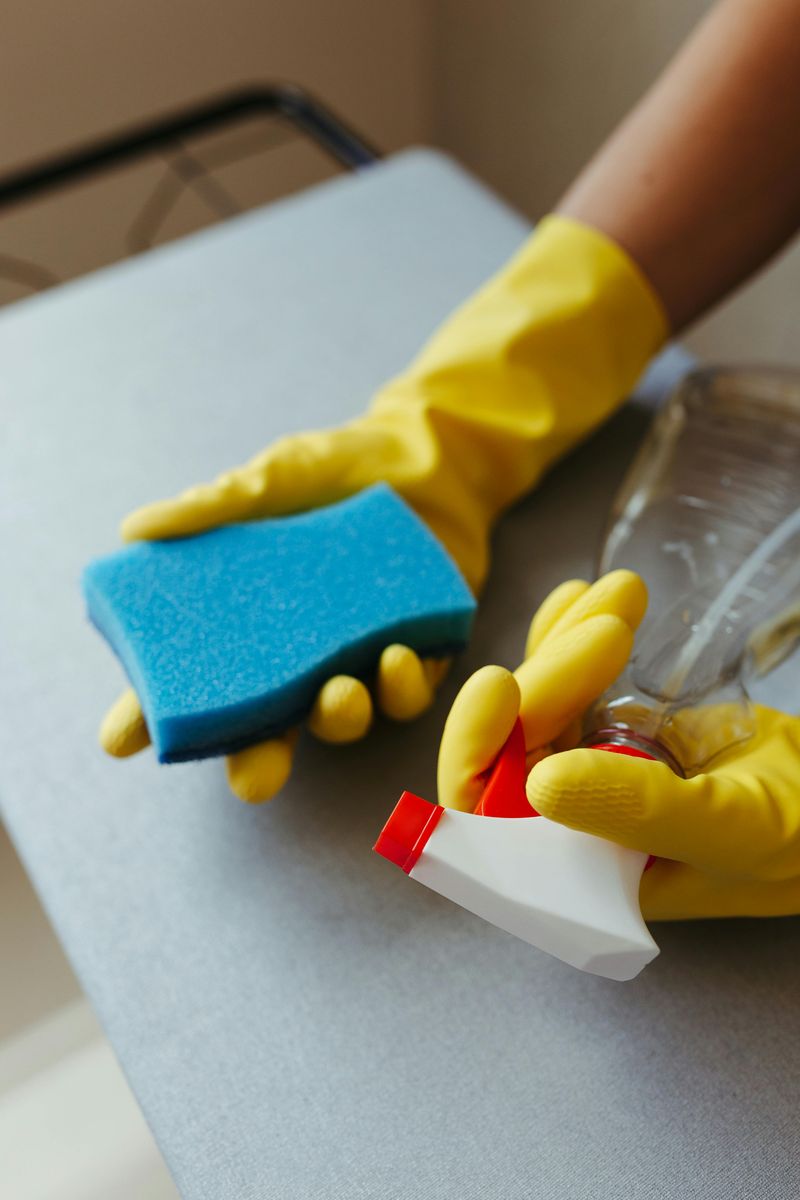
High-touch surfaces harbor more germs than you might think. Doorknobs, light switches, remote controls, and phones need weekly disinfection especially during cold and flu season.
Though commercial cleaners work well, simple hydrogen peroxide in a spray bottle is equally effective against most household germs. Just spray and let air dry for maximum sanitizing power! For electronics, use alcohol wipes instead of liquid sprays that might damage internal components.
Kitchen counters deserve special attention since they contact both food and hands constantly. Cutting boards should be sanitized after each use with a vinegar spray, particularly after preparing raw meat or fish. These quick sanitizing habits take seconds but can prevent days of illness for your family.
11. Organized Storage
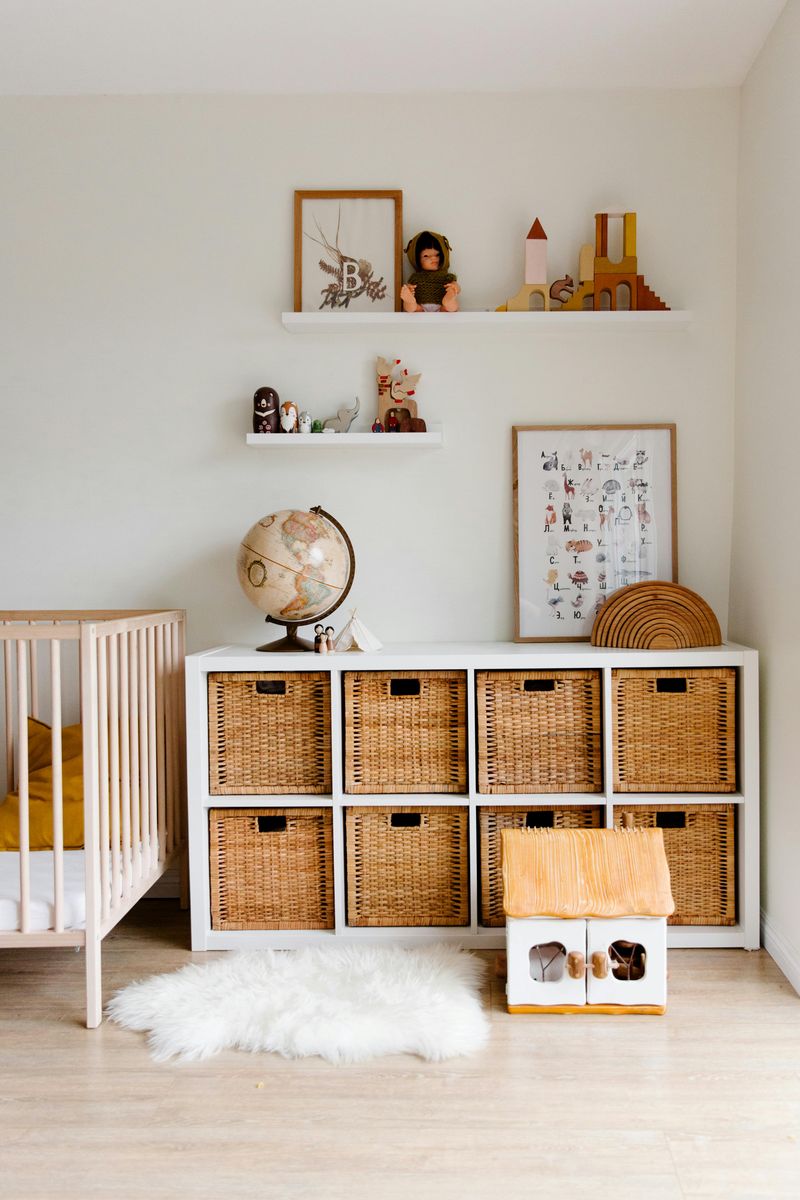
Clear containers revolutionize pantry and closet organization by letting you see contents at a glance. I’ve found that grouping similar items together (baking supplies, breakfast foods, snacks) makes everything easier to find and prevents duplicate purchases.
Label everything even containers with visible contents. This subtle reminder helps family members return items to their proper places. Under-bed storage containers maximize unused space for seasonal items or rarely-used belongings.
When organizing closets, try the backward hanger trick turn all hangers backward, then flip them the correct way after wearing items. After six months, anything still hanging backward hasn’t been worn and might be donation-worthy! Well-organized storage spaces make cleaning faster because there’s less to move around during your regular maintenance.
12. Seasonal Deep Cleaning

Rotating seasonal cleaning tasks prevents maintenance backlog and makes each job manageable. Spring calls for window washing and carpet cleaning, while fall is perfect for clearing gutters and washing exterior siding.
If the thought of seasonal cleaning overwhelms you, try breaking tasks into 15-minute chunks spread throughout the month. Even complex jobs become simple when divided into smaller steps! Creating a home maintenance binder with checklists keeps you on track without trying to remember everything.
When deep cleaning, work from top to bottom and from the farthest corner toward the door. This methodical approach prevents you from tracking dirt through already-cleaned areas. Seasonal maintenance catches small issues before they become expensive problems like checking weatherstripping before winter or cleaning dryer vents to prevent fire hazards.






